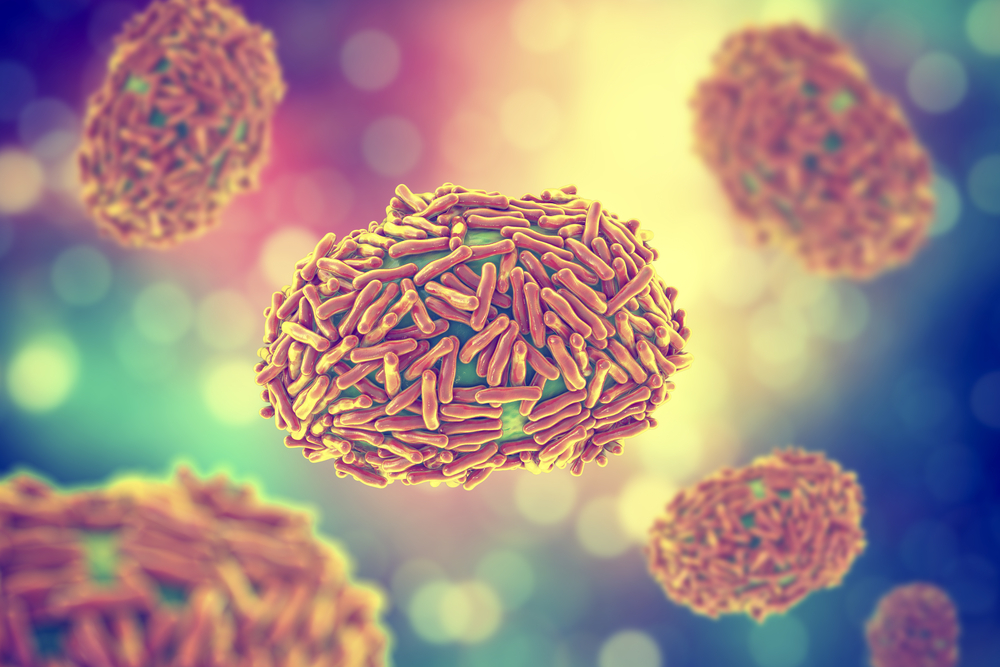Just what none of us needed in our third year of a global pandemic: Mpox, a new health concern. As with any unfamiliar disease, fear, myths, and misinformation can spread quickly. It’s important to learn the facts from trusted medical authorities. The good news is that this is not a totally new disease and vaccines already exist. But a word of caution – each outbreak is unique and as we’ve learned with Covid-19, viruses can mutate. The following information is sourced from federal and state public health sites about the status today and what we know now.
What is Mpox?
Mpox (previously known as Monkeypox) is an infectious viral disease that can occur in humans and some other animals. Symptoms are similar to smallpox symptoms, but milder and rarely fatal. Patients generally recover fully from Mpox in 2 to 4 weeks. While a sizeable proportion of the identified cases in the US have occurred among gay and bisexual men, it’s important to note that the risk is not limited to the LGBTQ+ community. Anyone can get Mpox – it is a public health concern for all. It can be acquired by all people, regardless of gender identity or sexual orientation through close, personal, often skin-to-skin contact and exposure to an infected person’s respiratory droplets, skin lesions or other bodily fluids. See the CDC: About Monkeypox (Mpox)
Is Mpox the same illness as Monkeypox?
Yes it is. This is a change in terminology intended to reduce stigma and other issues associated with prior terminology. The name change was initiated by the World Health Organization (WHO), and other health organizations are following suit. WHO says to expect that “Both names will be used simultaneously for one year while “monkeypox” is phased out.”
How prevalent is Mpox?
As of August 5, there were 7,500 recorded cases of Mpox in the US. The first documented US case was in Boston, Massachusetts, on May 19, 2022. The World Health Organization declared the global monkeypox outbreak a Public Health Emergency of International Concern on July 23. Here in the US, the Biden administration declared Mpox a public health emergency on August 4. This will help to raise awareness of the virus and speed up additional funding and treatment.
The CDC updates a 2022 U.S. Map & Case Count. You can also check your state’s department of public health – here is a list of State & Territorial Health Department Websites.
Signs and symptoms
People with Mpox get a rash that may be located on or near the genitals (penis, testicles, labia, and vagina) or anus and could be on other areas like the hands, feet, chest, face, or mouth. Other symptoms may include headache, muscle aches, swollen lymph nodes, fatigue, chills, and fever. The rash will go through several stages, including scabs, before healing. The rash can initially look like pimples or blisters and may be painful or itchy. If you experience any of these symptoms or feel ill, stay home and contact your health provider
How it spreads
A person with Mpox can spread it to others from the time symptoms start until the rash has fully healed and a fresh layer of skin has formed. The illness typically lasts 2-4 weeks. It can spread from person to person through direct contact with the infectious rash, scabs, or body fluids. It also can be spread by respiratory secretions during prolonged, face-to-face contact, or during intimate physical contact, such as kissing, cuddling, or sex. Anyone in close personal contact with a person with Mpox can get it and should take steps to protect themselves.
How to protect yourself
- Avoid close, skin-to-skin contact with people who have a rash that looks like Mpox.
- Avoid contact with objects and materials that a person with Mpox has used.
- Wash your hands often with soap and water or use an alcohol-based hand sanitizer, especially before eating or touching your face and after you use the bathroom.
Vaccines
CDC recommends vaccination for people who have been exposed to or who may be more likely to get monkeypox. Because there is a limited national availability of vaccine, it is prioritized for individuals at greatest risk of exposure to someone with Mpox. While many news outlets says that vaccines have an 85% effective rate, the CDC notes, “no data are available yet on the effectiveness of these vaccines in the current outbreak.”
Additional resources
- CDC: Frequently Asked Questions
- World Health Organization (WHO): Mpox
- Who: Monkeypox questions & answers
- MedlinePlus: Monkeypox Virus Infections
- Johns Hopkins: Monkeypox
- NPR: The myths, misconceptions — and facts — about how you catch it
- NPR: Monkeypox explained: How to protect yourself and what to watch out for
- NBC: Clinical trials could get monkeypox drug to desperate patients, but U.S. efforts lag
Update: December 2, 2022 – US plans end to Mpox public health emergency in January

